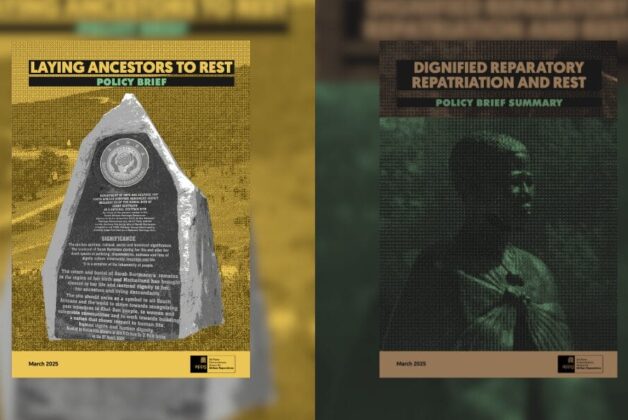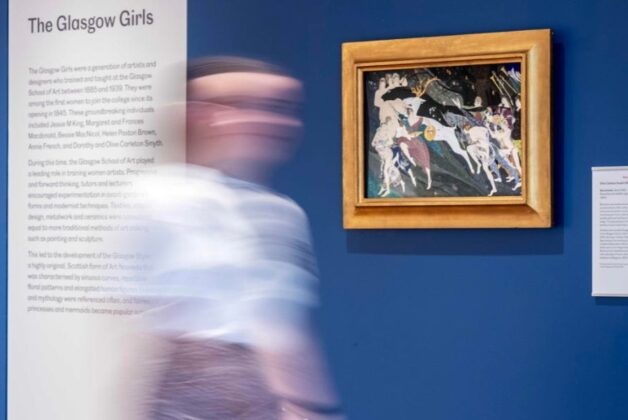New guidance published to help museums protect art from protest damage.
New guidance has been published for the museums and heritage sector, which is hoped to help organisations better prepare from incurring damage as a result of protest.
The recommendations have been made in the wake of recent protests at the National Gallery and British Museum.
The National Gallery recently tightened security for visitors entering the building, banning liquids with the exception of baby formula, expressed milk and prescription medicines.
The tips come from Ecclesiastical Insurance. Its Customer Segment Director Laura Carter said:
“We’ve produced guidance on a number of measures galleries and heritage organisations can take to help protect art from the risk of attacks from protestors. These include inspecting bags at entrances and exits, securing priceless art behind glazed panels, and installing proximity alarm systems to help deter attackers.
“It is also important to train staff and volunteers to recognise and report unusual visitor behaviour. We urge heritage organisations to review their security arrangements on a regular basis and follow our guidance to help preserve these much-loved pieces of art.”
How to protect artwork and exhibits from attacks
- Position stewards in any high-risk areas so they can promptly respond to any incident.
- Train staff and volunteers to recognise unusual visitor behaviour. Perpetrators may plan their attack, completing reconnaissance visits first. Suspicious or abnormal activity should be immediately reported to security or senior staff.
- Stewarding arrangements should include bag inspections at entry point and exit points from the premises.
- Consider introducing arrangements for visitor bags to be deposited at entry, to restrict the potential use of materials or objects that may cause damage.
- Introduce a visitor behaviour code on what is expected from them during the visit, including no touching of exhibits. The code should indicate visitors might be asked to leave if they do not comply.
- Paintings of particular note should be protected by a glazed panel to help minimise damage from an attack.
- Items of significant value or interest could be roped off to act as a physical barrier. These areas can be supplemented by proximity alarm systems providing immediate alerts to a steward if an area is encroached.
- Restrict visitor numbers by only allowing a maximum number of people in an area at any one time.
- CCTV can provide a valuable deterrent against damage or theft. System recordings should be retained for at least 30 days.
- Adequate lighting can discourage criminal actions especially in areas less frequently visited or patrolled. Sensors can highlight movement in these areas drawing the attention of stewards and security staff.
- Arrange for stewards to check the condition of items before the premises open or close to identify any damage that may have incurred during the last 24 hours with a view to introducing additional precautions or even removing the artwork.





